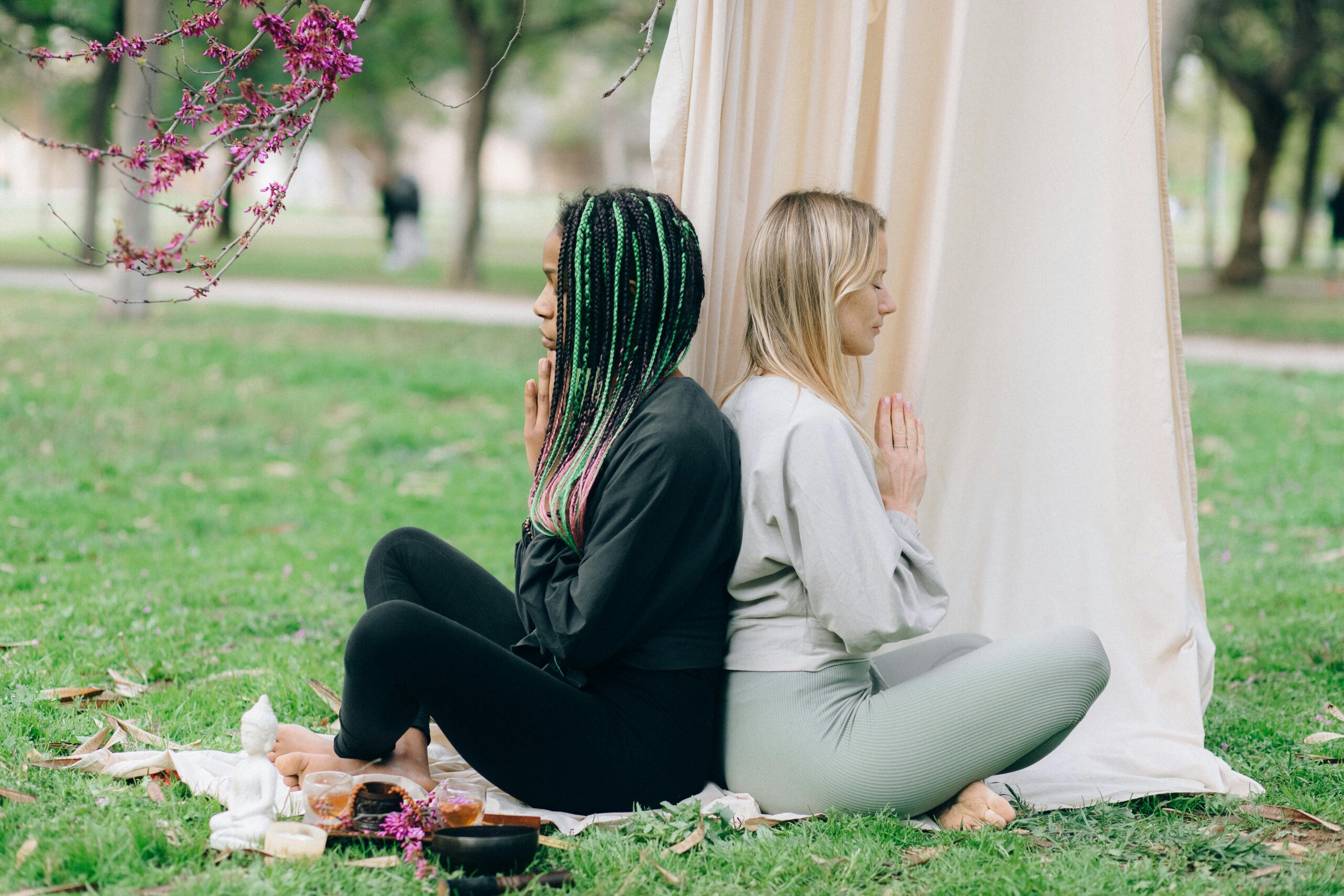10 Effective Yoga Poses for Lower Back Pain Relief
Yoga Poses for Lower Back Pain Relief: A Complete Beginner’s Guide
Back pain — especially in the lower back — has become one of the most common health complaints worldwide. Whether it’s due to long hours of sitting, poor posture, stress, or lack of exercise, the discomfort can affect your daily life and productivity.
One of the most natural and effective ways to find relief is through yoga. Unlike quick fixes or painkillers, yoga strengthens your body, improves flexibility, and calms your mind, providing long-term benefits.
In this article, we’ll explore 10 highly effective yoga poses for lower back pain relief, their benefits, step-by-step instructions, and safety tips.
🧘 Why Yoga for Lower Back Pain?
Yoga is more than just stretching. It’s a holistic practice that:
Relieves muscle tension in the lower back.
Improves spinal flexibility and posture.
Strengthens the core and stabilizing muscles.
Enhances blood circulation and reduces inflammation.
Promotes relaxation and reduces stress (a hidden cause of back pain).
Medical studies show that regular yoga practice can significantly reduce chronic lower back pain and improve mobility in adults.
🔟 Best Yoga Poses for Lower Back Pain Relief
Below are beginner-friendly yoga poses you can practice at home. Hold each pose for 20–40 seconds, breathing deeply. Repeat 2–3 rounds.
1. Child’s Pose (Balasana)
How to do it: Kneel on the mat, sit back on your heels, and stretch your arms forward with your forehead on the floor.
Benefits: Relaxes the spine, stretches hips and thighs, and releases tension in the lower back.
Tip: Keep knees apart if you want a deeper hip stretch.
2. Cat-Cow Pose (Marjaryasana-Bitilasana)
How to do it: Start on all fours. Inhale and arch your back (Cow), exhale and round your spine (Cat).
Benefits: Increases spinal flexibility, warms up the back muscles, and relieves stiffness.
Tip: Move slowly with your breath for maximum relief.
3. Downward Facing Dog (Adho Mukha Svanasana)
How to do it: From all fours, lift your hips up and back, straightening legs and arms into an inverted V-shape.
Benefits: Stretches hamstrings, lengthens the spine, strengthens the lower back and shoulders.
Tip: Bend knees slightly if hamstrings feel too tight.
4. Supine Twist (Supta Matsyendrasana)
How to do it: Lie on your back, bend knees, drop them to one side while keeping shoulders grounded. Repeat other side.
Benefits: Releases tension in the spine, improves digestion, and relaxes the nervous system.
Tip: Use a cushion under knees for support if needed.
5. Bridge Pose (Setu Bandhasana)
How to do it: Lie on your back, bend knees, place feet hip-width apart. Lift hips while pressing shoulders into the mat.
Benefits: Strengthens lower back, glutes, and core; improves blood circulation.
Tip: Don’t over-arch the neck, keep chin slightly tucked.
6. Sphinx Pose (Salamba Bhujangasana)
How to do it: Lie on stomach, place forearms on mat, lift chest while keeping hips grounded.
Benefits: Strengthens spine, stretches chest and abdomen, increases blood flow to lower back.
Tip: Keep elbows under shoulders for proper alignment.
7. Seated Forward Bend (Paschimottanasana)
How to do it: Sit with legs straight, inhale, lengthen spine, exhale fold forward reaching toes.
Benefits: Stretches hamstrings and spine, calms the nervous system.
Tip: Use a strap if you can’t reach toes.
8. Pigeon Pose (Eka Pada Rajakapotasana – modified)
How to do it: From Downward Dog, bring one leg forward bent at the knee, extend the other leg back. Lean forward gently.
Benefits: Opens hips, relieves tension from lower back and sciatica.
Tip: Place cushion under hips for comfort.
9. Happy Baby Pose (Ananda Balasana)
How to do it: Lie on your back, bend knees towards chest, hold feet with hands, and gently rock side to side.
Benefits: Relieves lower back tension, stretches hips, and promotes relaxation.
Tip: Relax shoulders and jaw while holding.
10. Legs-Up-The-Wall Pose (Viparita Karani)
How to do it: Sit sideways near a wall, swing legs up against it while lying on your back.
Benefits: Reduces lower back stress, improves circulation, and calms the mind.
Tip: Use a folded blanket under hips for extra support.
⚠️ Safety Tips
Consult a doctor if you have severe back injuries.
Warm up before practicing.
Use props (blocks, cushions) for comfort.
Focus on slow, deep breathing.
🧘 Final Thoughts
Lower back pain can disrupt your life, but yoga offers a safe, natural, and effective solution. By practicing these 10 yoga poses regularly, you’ll strengthen your core, improve posture, and reduce discomfort.
Remember, consistency matters more than intensity. Start slow, listen to your body, and with time, you’ll notice not only less pain but also more flexibility, energy, and peace of mind.














Post Comment